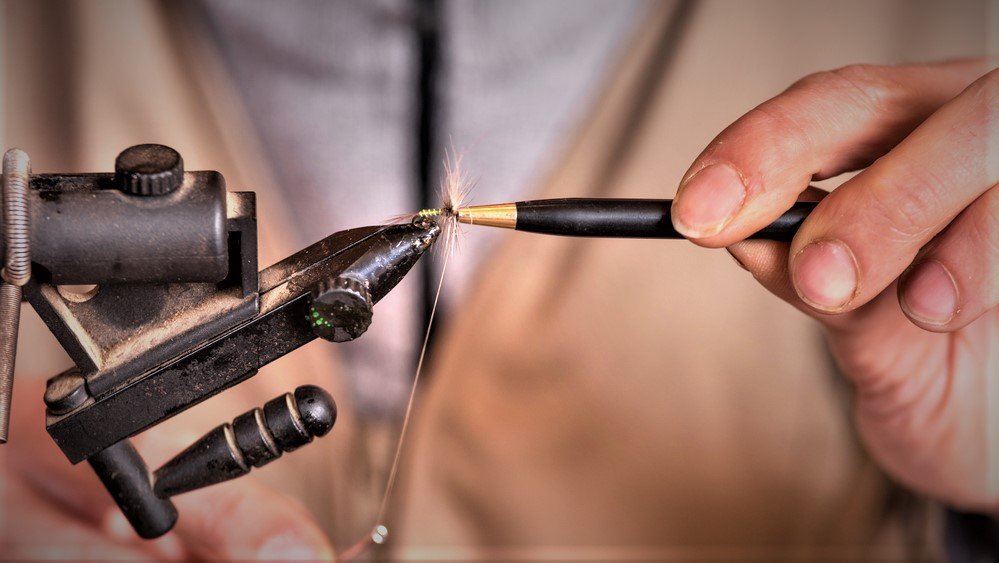How to Make Fly Fishing Lures (Step-by-Step Beginner’s Guide)
Aren’t you sick of using the same old boring lure and bait? You better get into fly fishing, my friend. It’s a fun way that gets you more involved in the fishing activity and closer to the fish you’re trying to catch. It requires practice to get better at casting and understanding the water, but it’s much more fun than passively waiting hours for any action.
A big passion for fly fishers is creating their own fly lures. Creating a fly lure is a calming activity that requires attention and precision but is a great way to get your mind off work after a busy week. And what a rewarding experience it is when you catch your first fish on a fly that you made yourself at home.
In this article, I’ll show you how to make fly fishing lures so irresistible to fish that they will swim through hoops to catch them.
Quick Guide: How to Make Your Own Fly Fishing Lure

- Gather your supplies, including a fly fishing hook, pheasant tail feather strands, copper wire, peacock tail fibers, thread, and a whipping tool
- Purchase a fly vise to steady the hook, consider the type (pedestal or C-clamp), and budget accordingly (they cost $100-400).
- Hold the bent part of the hook in the vise for safety and stability.
- Lay the pheasant tail fibers and copper wire on the nymph, making sure the fibers extend half the length of the hook
- Tie the thread around the hook and materials, ensuring it is tight and the fibers don’t slip out.
- Add 6-10 strands of tail fibers to the hook and wrap with thread.
- Wrap 2/3 of the hook in the tail fibers
- Rib the copper wire around the tail fibers to imitate the structure of ribs on the nymph’s body
- Fold the tail fibers back over the hook and finish tying the fly.
What is a Fly Fishing Lure?

A fly fishing lure is a type of artificial bait that imitates a live fly or flying insect, and the aim is to make it enticing and real-life prey-looking that attracts fish and makes them bite it. Anglers can create a homemade fly fishing lure using materials like plumes, hair, and synthetic fibers that you glue or tie to a hook. Using a fishing fly requires a specific fishing rod, reel, equipment, and casting technique and is most commonly used in freshwater fishing but can be used in saltwater too.
Let’s learn how to make homemade fly-fishing flies. The process is often referred to as tying a fly, as a lot of the activity involves using thread and tying them around a hook to make the body parts of the fly.
How to make homemade fly fishing lures
Creating fly-fishing is one of the most meditative and relaxing activities you can do with steady attention to detail and practicing your craft.
Needed Materials
You need some materials for tying your own flies. If you are serious about your fly tying project, you want to buy a vise before you get started, which will significantly help you. A vise is a standing holder tool that holds your fly while you are making it. They typically cost anywhere from $100 to $400 but are well worth it as they make the job much easier. Just imagine doing woodworking without using a bench vise to hold the piece of wood you’re working on–that would be frustrating.
Another thing is a proper light that can focus on the fly while working without straining your eyes.
Some fly-tying kits include a vise, scissors, dubbing twisters, bobbin, threader, hackle pliers, whip finish, and more, and you can buy them from a fishing store that carries fly supplies.
Making fly fishing lures is not as difficult as you might think. You’ll need a few basic materials to get started. Here’s a list of what you’ll need:
- A vise
- Lights
- Feathers
- Fur
- Hooks
- Thread
- Scissors
- Glue
- Paint or markers
- Lure eyes (optional)
You can find these materials from a fishing store or order them online; search for fly fishing supplies. If you want a more DIY approach that is more budget-friendly, you can look for old unused materials around your home, like yarn and beads.
Step-by-Step Guide

Making your own fly fishing lures is a simple process that we can break down into a few basic steps. They are:
- Design the lure by sketching or outlining the type of fly you want.
- Prepare all your materials: thread bobbins, dub, wires, hooks, shanks, etc.
- Shape the lure using feathers, thread, and hair. You can make a hackle and legs to help with movement or flotation
- Add the hook or hooks and any other attachments.
- Add color and patterns by painting or adding accessories like lure eyes and making adjustments to the design.
- Test the lure in water to see how it floats and moves.
Tips and Tricks
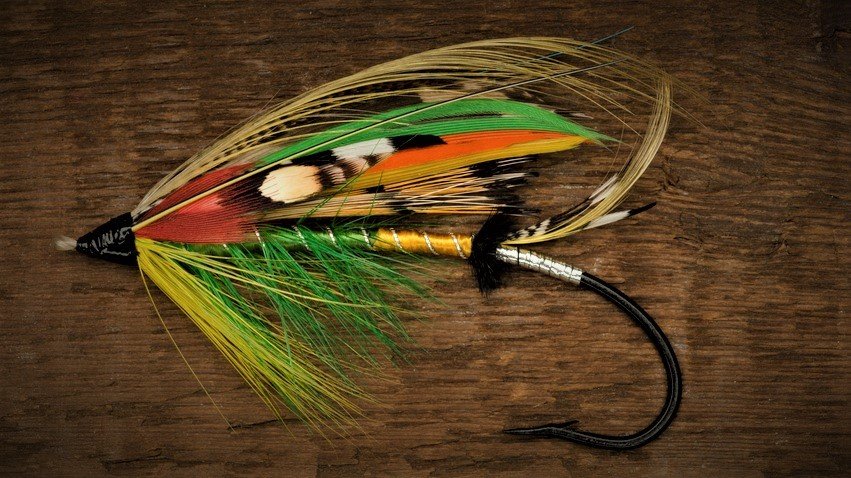
- Try many types, as they mimic different insects: dry flies, wet flies, streamers, and nymphs.
- Have many fly lures for different target fish, water conditions and scenarios, and perhaps different stages of development such as larvae, pupa, and adult insects.
- Fly tying, just like knot tying and casting, requires some patience, practice, and skill to perfect.
- Correctly storing your fly fishing lures will make them last longer and avoid rusting. Keep a tackle box and dry all lures before you put them in the box. You may want to rinse, clean and dry lures used in dirty water or saltwater to prevent mold or rust in the tackle box. Also, protect them from direct sunlight and extreme temperatures to maintain their color and shine longer.
Frequently Asked Questions about Fly-Fishing Bait
How long does it take to make a fly fishing lure?
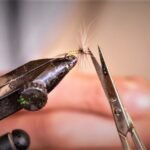
How long it takes depends on your skills and which type of fly you are making. Tying flies can be simple or complex, depending on what you are going for. A very basic fly can take less than 30 minutes for an experienced person or a few hours for a beginner. Just put on some relaxing music and enjoy seeing your fly lure develop.
What is the cost of making your own lures?
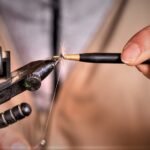
The cost of making your own fishing lures depends on the materials used to rib the fly. If you buy tying material in bulk and create hundreds of flies, it will be cheap, perhaps a dollar per fly. But buying materials for a single fly may cost as little as $5 to $10 or more. There is always a cheaper and more expensive version of materials you can use. On average, in the long run, making lures yourself will be cheaper than buying them from the store, but it may also require you to have higher costs upfront, buying the necessary equipment such as a vise and other tools and materials.
How do I know if my fly fishing lure is effective?
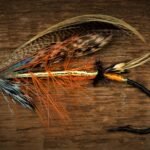
The only way to know is to test it in the water. See how it moves when you pull the line. Does it float or sink when you leave it alone? Experiment to see how it works with weights, floaters, and sinkers attached to the line. Take it with you on your next fly fishing trip and test it for a while. If the fish doesn’t bite, change the lure and see if the outcome changes.
How can I improve my lure-making skills?
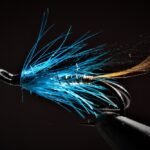
Be patient, and practice a bit every day. Slowly you will become more precise, understand how to use and work with materials and improve your techniques. Also, look at different designs, read books, watch videos, or enroll in classes. Eventually, you get a more intuitive understanding of lure-making, and you can make any lure you want, from an idea to a sketch to a final product.

